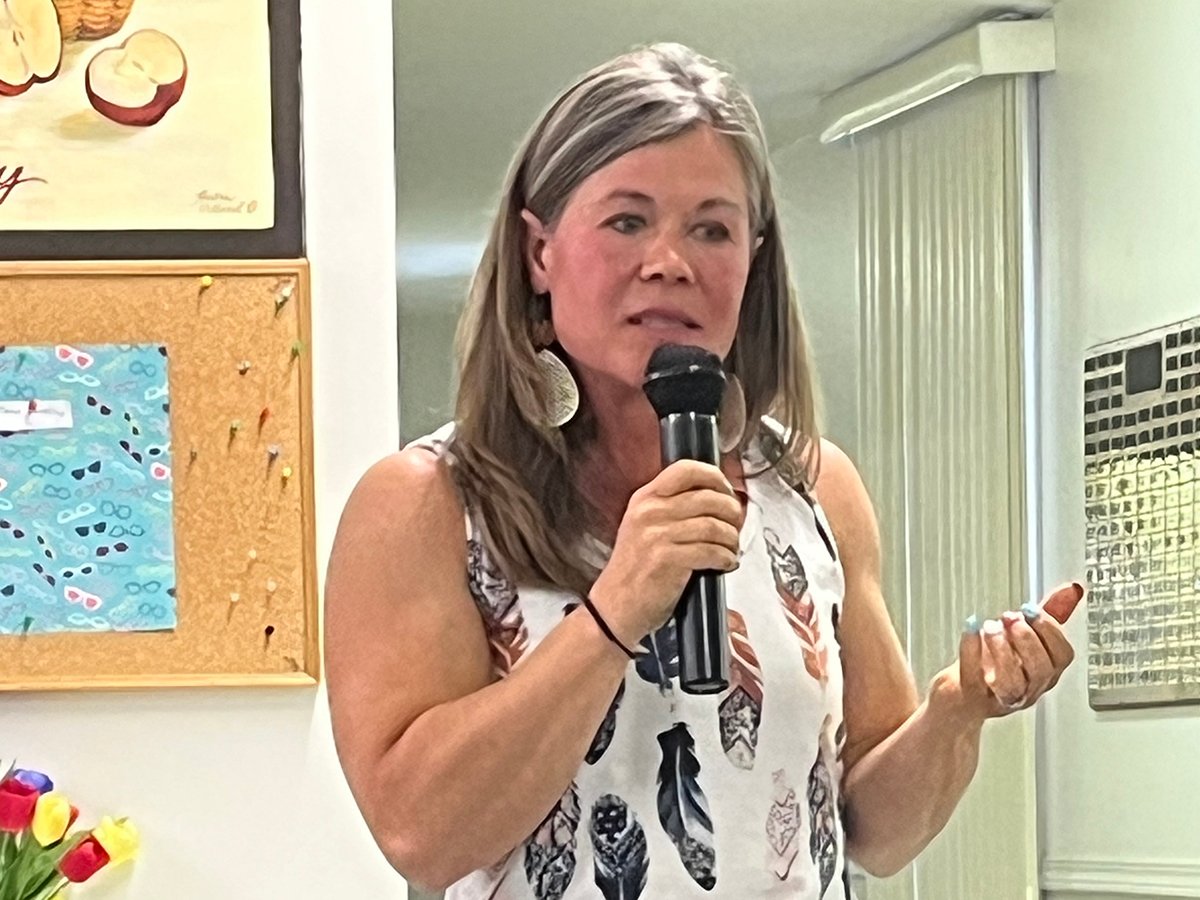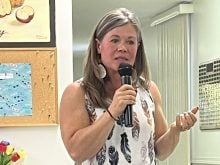LETHBRIDGE, Alta. -Beside the white pickup sitting in the middle of a cultivated stubble field, a man is pulling cores of soil from more than a metre deep.
Provincial soil fertility specialist Ross McKenzie of Lethbridge embarked on his spring seeding work the last week in April.
It is work that will be replicated by his Edmonton counterparts in Alberta Agriculture, as well as some industry representatives and the federal agriculture department. The agronomists will seed up to 50 acres of land in the search for optimum varieties, seeding dates, seeding rates and fertilizer recommendations.
Read Also

Petition launched over grazing lease controversy
Battle continues between the need for generation of tax revenue from irrigation and the preservation of native grasslands in southern Alberta rural municipality.
Schedule to follow
McKenzie’s problem is time. All the field work is done with research- plot-sized equipment, which allows precise calculations. On those 50 acres will be 6,500 individual plots, all handled with kid gloves.
His spring work actually started before harvest last summer. Much of the site planning and rotational work was done then.
The same plots can be repeated at up to eight sites across Alberta in search of regional variations that influence a crop.
The plots produce results, said McKenzie. He has data from 60 sites in the past four years.
“We have been able to develop good data specific to many regions in the province.”
For instance, he wants data that measures the diversity of factors, including the climate, rainfall, length of growing season and growing degree days.
The latter is valuable for wheat producers. Winter wheat, planted in the fall, requires 25 percent more heat in the growing season than spring-seeded wheat. Growing degree days are a good measure of crop predictability by region.
McKenzie revisits various crop varieties, and adds new ones as needed. This year he is planting several new six-row barley varieties that researchers feel may compete in the malting barley market.
Normally, because of the preferred plumpness of kernels, two-row barley varieties are selected to make malt.
Before seeding, McKenzie performed a soil moisture test on each plot, both irrigated and dryland areas. Fertilizer is also applied if needed according to soil tests.
He also works on plots for new product developments. This year, Agrium has a new coating for fertilizer that allows the slow release of nutrients. Cargill Canada is working on a new phosphorus-sulfur fertilizer it has formulated.
The hard work begins after seeding. McKenzie and his crews return to the plots to count plants, all hands-and-knees labor.
Wild oats tests
For instance, one trial requires all wild oats plants to be counted. The trial involves varying the fertilizer and seed density of the planted crop to create more competition for the wild oats. The hope is to find a combination that may allow farmers to reduce or eliminate herbicides to control wild oats.
A research project he happened upon involves a rotation of dry peas and wheat. He had planted peas on a plot near Bow Island, but was unable to cut the peas off after the legume crop had fixed nitrogen fertilizer from the atmosphere into a form that could be used by the roots.
He let the crop grow, harvested the peas and then planted wheat the following year. He ended up getting residue nitrogen fertilizer in amounts that precluded application of nitrogen for the wheat crop.
He is also doing work with manure compost designed to eliminate the need for phosphorus, potassium and sulfur fertilizer.














